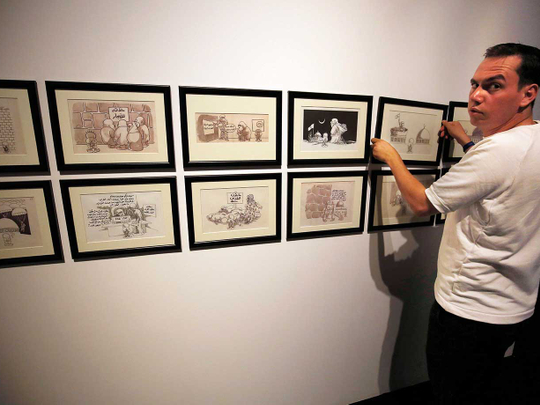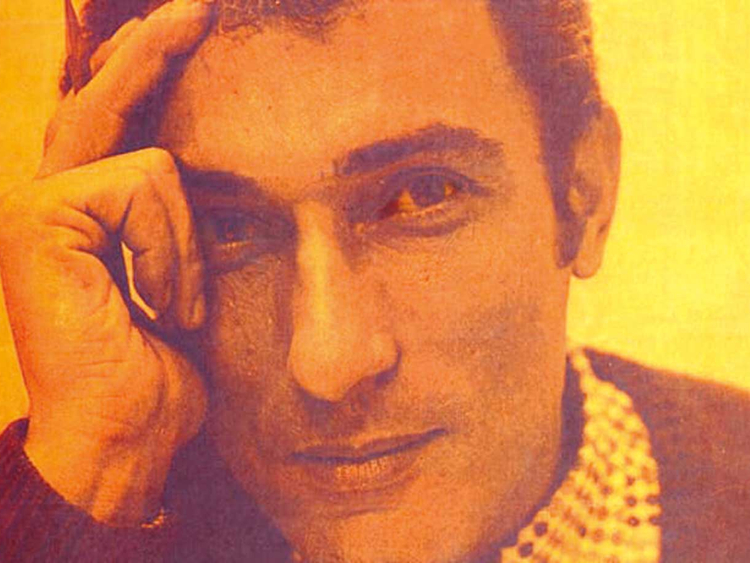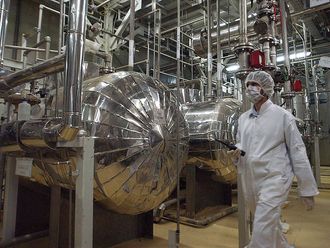
Dubai: The late Naji Al Ali, arguably the Arab world’s most famous political cartoonist, is still remembered by millions of people in the Arab region 30 years after his murder.
Al Ali’s legacy has resurfaced after London’s police department reopened their investigation into his unsolved 1987 murder on Tuesday.
The news set the Twitterverse ablaze, with people posting Al Ali’s cartoons and sharing messages of support to bring his assassins to justice.
Al Ali’s work criticising Israeli and Arab policies has become iconic in the Middle East in the decades since he was shot outside a newspaper office.
The police released descriptions for two suspects in the case, including an artist’s rendering of what they believe the gunman would look like today.
“We have previously reviewed this case and followed a number of lines of enquiry which have not resulted in us identifying these two men,” Cmdr. Dean Haydon, head of the Metropolitan Police Counter Terrorism Command, said in a statement.
Crucial information
“However, a lot can change in 30 years — allegiances shift and people who were not willing to speak at the time of the murder may now be prepared to come forward with crucial information.”
Al Ali’s most famous creation was the character of Hanzalah — an iconic symbol of Palestinian identity and defiance — which has appeared in most of Al Ali’s 40,000 drawings throughout his 30-year career.
Hanzalah, whose name means “bitterness” in Arabic, is a 10-year-old boy who was forced to leave Palestine.
His fictional character is not allowed to grow up until he is allowed to return to his homeland.
“He is barefoot like many children in refugee camps. He is actually ugly and no woman would wish to have a child like him. However ... he is affectionate, honest, outspoken,” Al Ali said of his character in a past interview.
“His hands behind his back are a symbol of rejection of all the present negative tides in our region.”
Beyond death
Al Ali explained then: “This thing that I have invented will certainly not cease to exist after me, and perhaps it is no exaggeration to say that I will live on with him after my death”.
He proved to be right.
Until today, Hanzalah is “the most genius Arab symbol and talisman,” said Jordanian cartoonist Emad Hajaj.
“There are very few people who have left such an immortal vision in people’s hearts,” he told Gulf News.
“It was Naji’s most important fingerprint and final word”.
Today, the child is omnipresent. He is seen in posters, on walls, on pendants, key chains, and shirts among other items.
No affiliations
Al Ali, who was described by a prominent Western newspaper as the “nearest thing there is to an Arab public opinion”, had no political affiliations and did not belong to any political group.
The absence of slogans and dogma in his work is believed to have brought both success and criticism.
Al Ali was born in 1936 in 1948 lands now occupied by Israel, in a village named Al Shajara, between Nazareth and Tiberias.
When he was nearly 10 years old, he was forced to flee to Lebanon, where he settled down with his family in the Ain Al Helweh camp for refugees in southern Lebanon.
It wasn’t until the late 1950s that Al Ali’s talent was discovered by political activist Gassan Al Kanafani.
He began to publish daily cartoons in newspapers throughout the region — Cairo, Beirut, Kuwait, Tunis, London and Paris publications, as well as UAE newspapers.
The publications varied from far left to far right.
“Naji Al Ali was frequently detained by police and continually censored. He received many death threats during his life,” noted a website established for him.
'Most wanted'
“Because of his work, he was said to be one of the most wanted men in the Middle East... he emphatically refused to speak about his oppressors and those who might censor his work; he drew them instead,” the website added.
On July 22, 1987, he was shot in the head by a lone gunman as he was going to work at the Qabas offices in London.
After five weeks in a coma on a life support machine, he died on August 30. It is still not known who was responsible for his murder.
Different parties were pointed at, mainly Israeli and Palestinian. The PLO denied any involvement, and the Israeli Mossad then refused to pass on relevant information to their British counterparts.
A year later, the artist was awarded the International Federation of Newspaper Publishers’ annual Golden Pen Award.
The award is given to individuals or organisations that have made an outstanding contribution to the defence and promotion of press freedom.
A movie was made about his life, with the famous Egyptian actor Nour Al Shareef playing the role of the artist.













